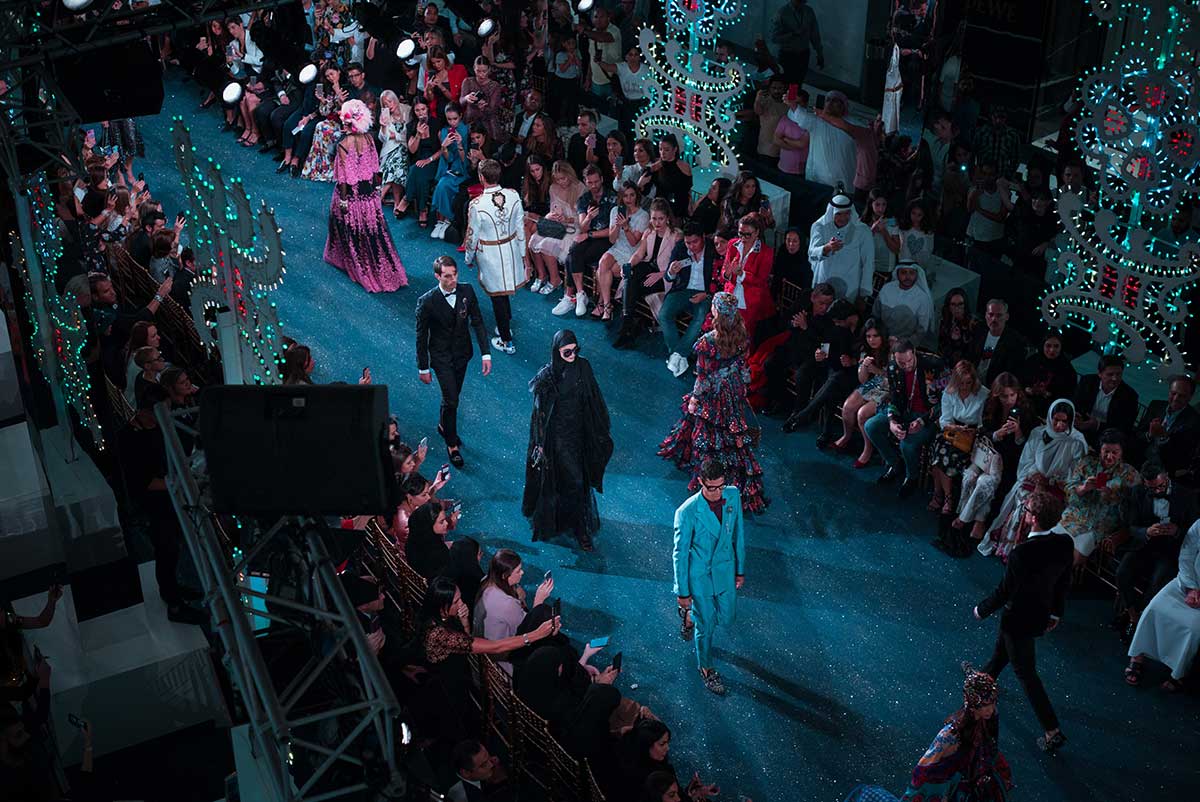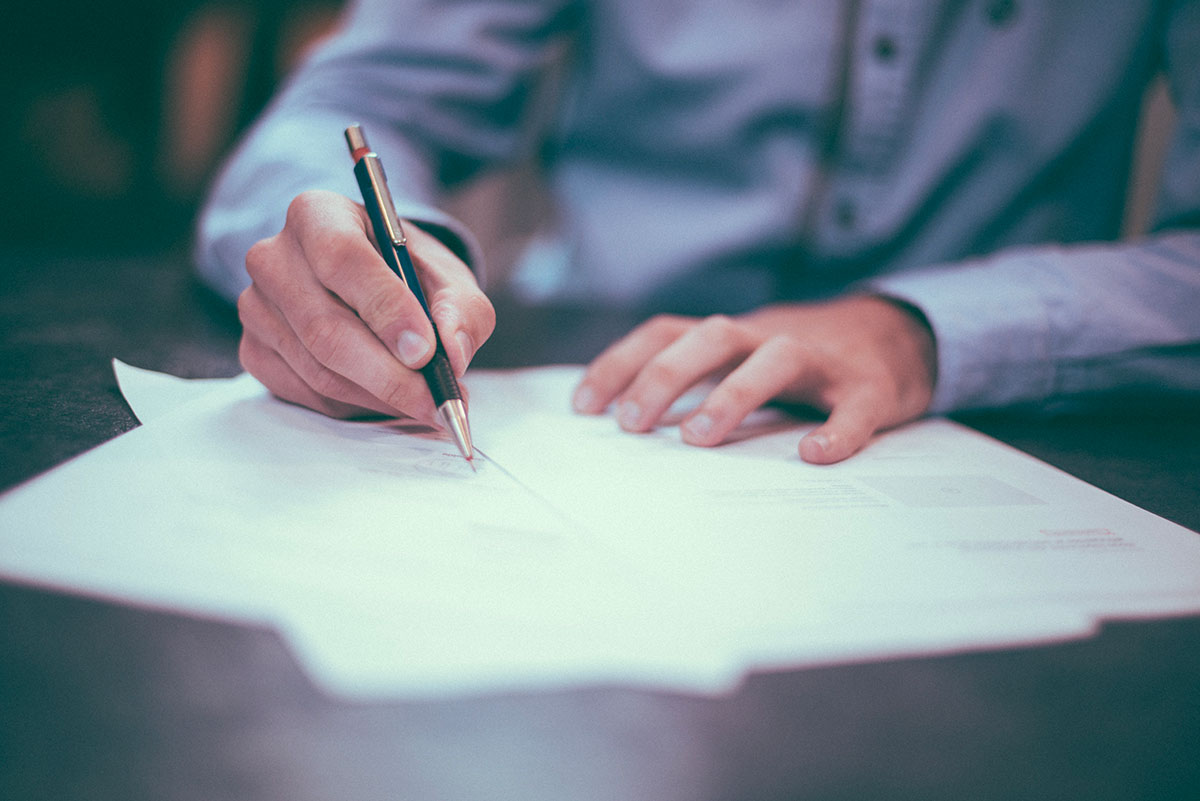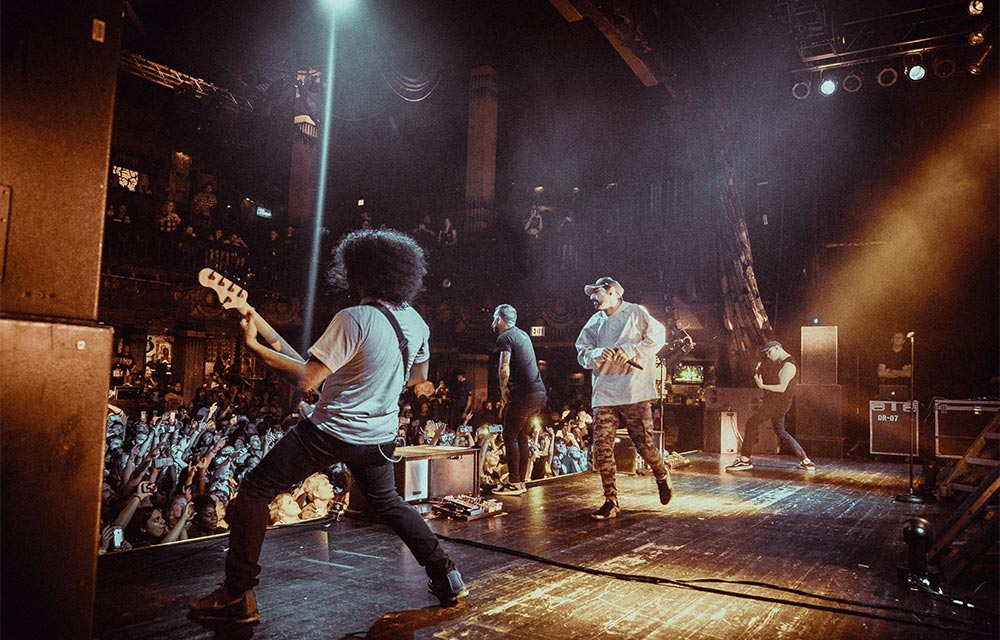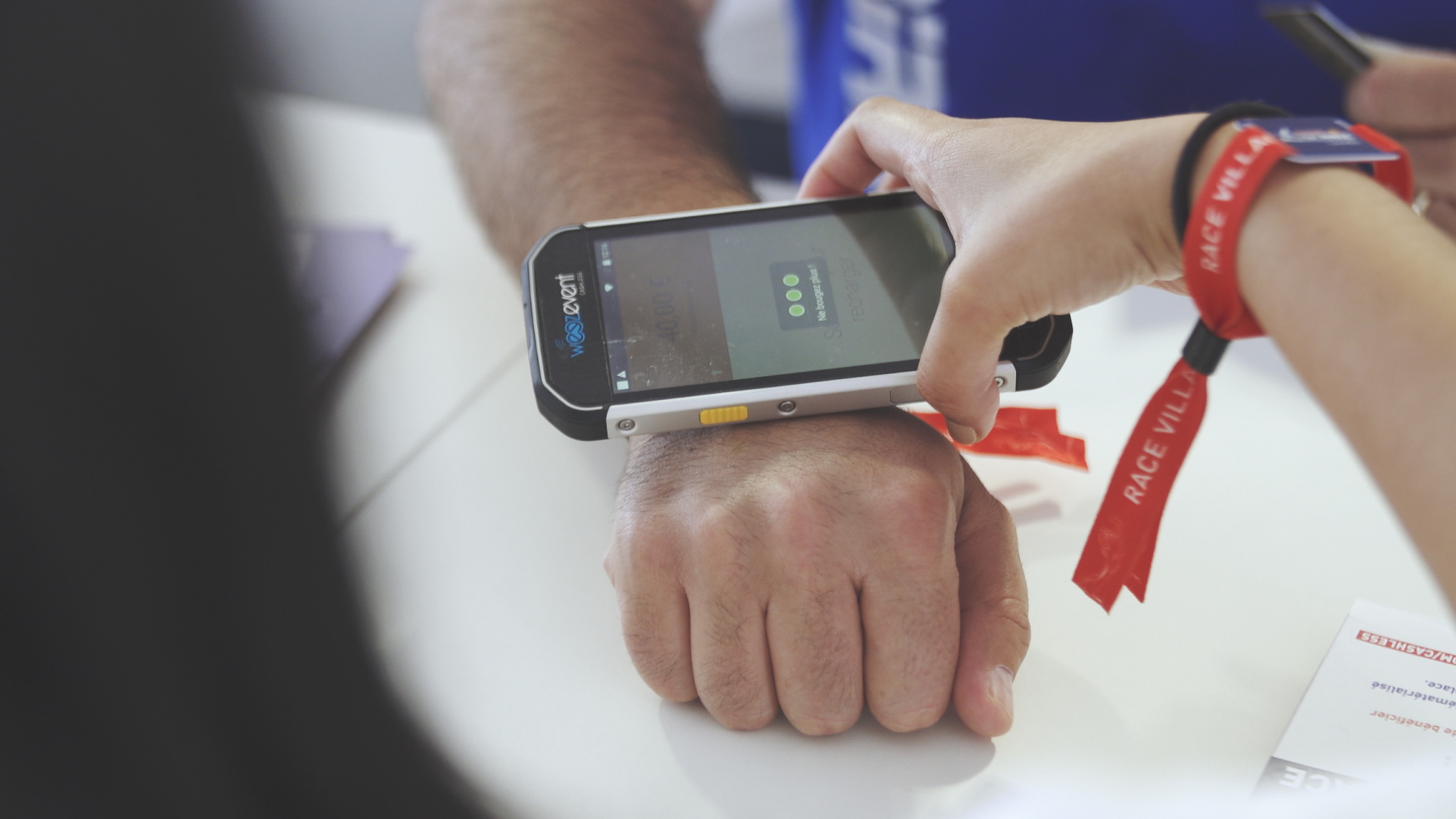Fashion shows are timeless events that attract attention and stay with you.
Whether promoting a new brand, showcasing products, representing an association or organising an annual event, a fashion show always requires meticulous preparation. From casting models, reserving the venue and welcoming the audience to directing the show and any fringe entertainment: every detail counts.
To best help you organise your fashion show, here we list all the essential steps for a successful event.
Summary
1. Define a clear theme
Before you make any concrete arrangements, it is best to choose a theme, topic or goal that will be the common thread of your fashion show. Often this is seasonal, such as a summer collection or autumn fashion, but it can equally revolve around a specific colour, fabric or style: think wax prints, lace, all-white outfits and so on.
Some fashion shows are also organised to mark a special moment, such as Christmas, Valentine’s Day or the birthday of a well-known designer.
Moreover, a fashion show can be a powerful tool to raise funds for a charity or raise awareness of the work of a particular organisation. In that case, it is best to explicitly link the theme to the mission you are supporting. However, the main reason why people come to a show remains the collection and the experience during the event.
2. Set a clear budget
Organising a fashion show usually requires a substantial budget. Draw up a realistic budget that is as complete as possible. Allow for costs such as venue hire, fees for models, make-up artists and hairdressers, music and lighting, security, catering and logistics. Get an overall picture of all costs so you can look for sources of income in time.
3. Choose a suitable location
The venue should not only provide enough space for the show, audience and staff, but also be easily accessible and have the necessary technical infrastructure. Book well in advance – popular venues are often fully booked months in advance, especially in spring or autumn.
4. Decide on a date and time
Choose a date and time that do not clash with other major fashion events, holidays or busier weekends. A weekday evening is often a good choice. Fix the date well in advance and communicate it clearly.
5. Assemble a team
A successful fashion show requires a committed, structured and competent team. Consider an artistic director, stylist, casting coordinator, lighting technician, DJ, photographer and staff for set-up and logistics. Don’t forget volunteers and students – they are often motivated to gain experience in the fashion world and contribute enthusiastically to the event.
6. Find sponsors
Sponsors can provide valuable financial support for your fashion show, in exchange for visibility. Approach companies that align with your brand, values and mission. Think fashion boutiques, local entrepreneurs, cosmetics brands or even hospitality partners. Make sure you draft a clear and attractive sponsorship proposal explaining what your event is about, who you are reaching and what visibility you are offering.
7. Manage the backstage area
Provide enough space behind the scenes where models, make-up artists, hairdressers and stylists can prepare quietly. Provide zones per function and plan a precise timetable for each step of the flow. A well-organised backstage prevents stress and delays on the catwalk.
8. Select your models
Models are indispensable for your fashion show. Choose them according to the type of clothes or accessories on show. You can opt for professional models, but amateurs or student models are also an option, depending on your budget and concept. Make sure they can move confidently on the catwalk and convey the story of your collection well.
9. Draw up a guest list
Decide how many guests you want to host and compile a targeted guest list. Consider:
- Clients and business partners
- Fashion influencers (Instagrammers, bloggers, TikTokkers…)
- Journalists and press
- Well-known personalities as audience members
A carefully selected audience ensures more visibility and charisma.
10. Collaborate with designers
Designers are the creative heart of your show. Work with designers who understand your vision and can deliver quality pieces. Choose a collaboration that strengthens your event and give them the opportunity to profile themselves as well. This can be a great added value for both parties, especially when it comes to emerging talent that still wants to be in the spotlight.
11. Plan the course of the show
A fashion show should be planned to perfection. Think about:
- The order in which the outfits are presented
- The choice of music per passage
- The models’ walking routes
- The lighting plan and visual effects
- The make-up and hair colour theme per outfit
A clear script with timetable helps keep everyone on the same page and avoid stress moments.
12. Communicate about your fashion show
To attract a specific audience, it is important to promote your fashion show well in advance. Use social media, posters in the neighbourhood and announcements in the press (TV, newspaper, radio…). Don’t forget your sponsors and influencers: they can significantly increase your reach and help bring your show to the attention of a wider and more relevant audience.
13. Repeat and coordinate
Make sure all involved, models, make-up artists, hairdressers, and designers, are well coordinated before the show. Organise multiple rehearsals where you test each runway moment, the right music and the lighting plan. This will ensure that everything runs smoothly on the day of the parade.
14. Manage participants
Want to reach a larger audience? Then an online registration or ticketing system is a smart move. This way, guests can register or buy tickets easily, quickly and securely, while you maintain a clear overview of the number of attendees.
Weezevent supports you in the organisation of your fashion show with smart online tools: ticket sales, registrations, cashless payments, access control and powerful CRM functionalities.



